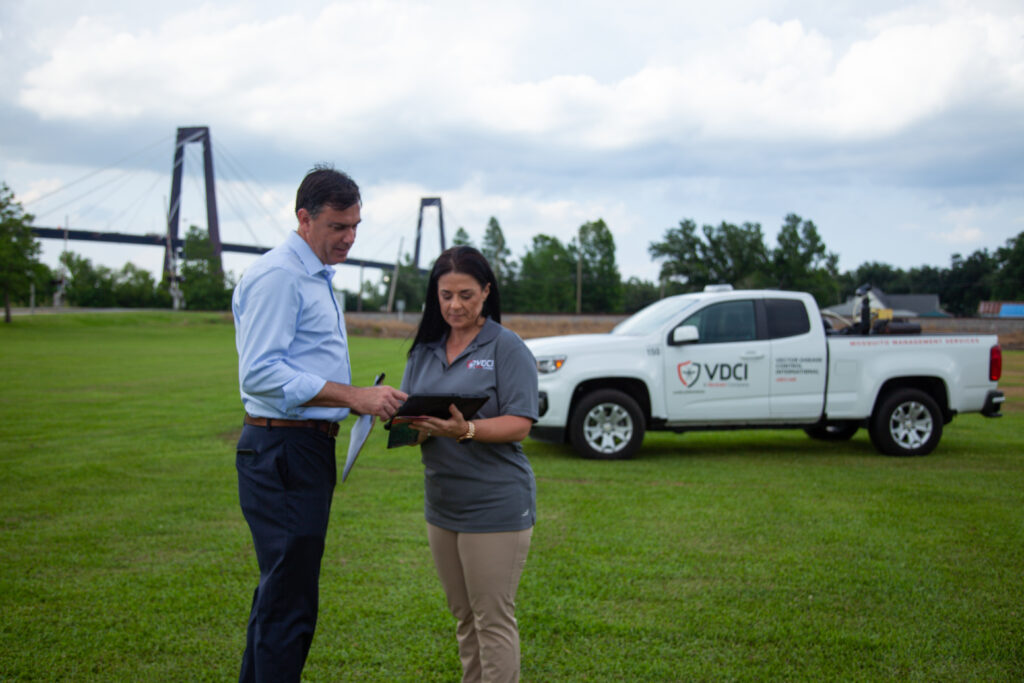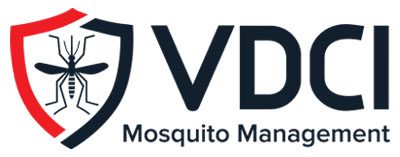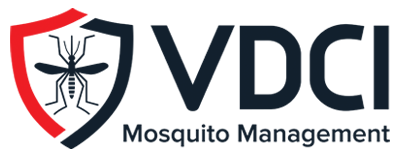Your Guide to Prepare for a Mosquito-Borne Disease Outbreak
Mosquito-related emergencies can instill fear in the public and pose challenges for community leaders. Understanding the different types of emergencies and how to prepare for each one empowers communities to take timely action when they arise.
There are two main types of public health emergencies related to mosquitoes: those influenced by weather and those connected to an increased risk of disease transmission. Weather-related emergencies happen when environmental factors like temperature, humidity, and rainfall patterns lead to a rise in mosquito populations or changes in the types of mosquitoes present. The second type occurs when there is a higher prevalence of mosquito-borne diseases caused by either existing or newly introduced species or arboviruses. When the number of infected mosquitoes rises significantly or when cases of human disease surge, public health experts may announce a state of emergency, as they did for the Zika outbreak in 2016.
The Process of Declaring Mosquito-Related Public Health Emergencies: Protocols, Verification, and Response Initiatives
Mosquito-related public health emergencies are declared through specific processes. A written request can be made by a public health official to their state’s Governor or Tribal Chief Executive, who then asks the President to declare an emergency or major disaster. The declaration requires data confirming the existence of a mosquito-related public health threat, which is verified by the Centers for Disease Control and Prevention (CDC). Once declared, mosquito abatement operations can be initiated in compliance with all federal, state, and local laws.
Multiple agencies collaborate throughout this process. The Federal Emergency Management Agency (FEMA) leads the federal response and coordinates reimbursement for recovery initiatives. The Federal Aviation Administration (FAA) ensures compliance for aircraft and drones used to apply EPA-registered pesticides, and the U.S. Air Force, under the Department of Defense, can aid in applications if local mosquito control districts and private contract services require additional support. The U.S. Fish and Wildlife Service monitors the well-being of humans, wildlife, and sensitive environments in the targeted treatment areas.
10 Essential Steps for Effective Preparation in Mosquito-Borne Disease Outbreak Emergencies

Effective management of mosquito-related public health emergencies relies on thorough preparation. Waiting until after a crisis is declared to determine a course of action can impede decision-making and delay recovery efforts. It is crucial to have comprehensive procedures in place that govern product types, equipment, and communication channels while taking into account financial obligations and unexpected challenges. By coordinating ahead of time, efficient and unbiased action can be taken as soon as a public health emergency is declared. Here are 10 steps to prepare for a mosquito-borne disease outbreak:
1. Create a plan
Time plays a central role following the declaration of a public health emergency. Having a clear action plan in place allows government leaders to respond quickly and direct their focus on other immediate responsibilities. Regular plan evaluations and exercises can help ensure its efficacy and allow for updates and improvements.
2. Dedicate a budget
Allocating funds for mosquito control emergencies is crucial as they can be extremely costly. There are systems in place at federal, state, and local levels to assist with expenses, but cost-sharing agreements are often required and funds may be denied. A budget should account for potential expenses associated with surveillance, mapping, applications, staff overtime, and other unexpected costs. Estimating a sufficient budget for pesticide application often involves creating maps, identifying high-density areas, and estimating specific costs per acre.
3. Negotiate contracts and cooperative agreements
Securing contracts before a mosquito-borne disease outbreak emergency saves time and eliminates the guesswork. It ensures that the necessary resources will be available, particularly if critical infrastructure is affected. Pre-negotiated contracts streamline the process and save money by fixing prices and designating responsibilities and communication channels.
4. Choose mosquito control products

To be eligible for FEMA reimbursement, the adulticide formulations that are used for public health emergencies must be approved by the Environmental Protection Agency (EPA) and applied by licensed applicators in accordance with all regulations. When choosing products, consider factors like availability, active ingredients, efficacy data, formulation, application methods, and application rates. These considerations will help you make informed decisions and ensure your mosquito abatement efforts meet federal requirements.
5. Create maps
An essential part of the planning process is creating maps that will direct adulticide applications. Working with authorities in Geographic Information Systems (GIS) can help government leaders design spray maps that identify areas with high population density and favorable mosquito habitats, and designate no-spray zones, such as areas with endangered species, organic farms, and apiaries.
6. Generate baseline surveillance data

Reimbursement for emergency mosquito control often requires data to validate emergency conditions. Regular data collection does not have to be costly or complex; even communities with limited bandwidth can gather basic data. Setting up a single CDC Light Trap and recording mosquito population data on a weekly basis can provide sufficient baseline information.
7. Establish action thresholds
During the planning process, it’s important to establish thresholds that signal a public health emergency. After a natural disaster, responders can gather data from mosquito traps or measure landing rates and compare them to baseline information. However, determining a public health emergency caused by mosquito-borne diseases is more complex. Local jurisdictions should establish their own thresholds, considering different species and habitats. This tailored approach ensures effective response measures for specific situations.
8. Cultivate relationships
Nurturing connections is vital to ensure seamless coordination during public health emergencies. Foster strong relationships with government agencies and political leaders by engaging in regular discussions and facility tours. Regularly conducting drills and simulated scenarios as part of an annual review process can strengthen communication and improve preparedness for all stakeholders.
9. Draft communication templates
Clear, timely communication is crucial during emergencies, and it requires careful planning. To expedite the dissemination of vital information, it’s helpful to have pre-written templates for various communication needs. Public health experts can collaborate with their Public Information Officer or community engagement teams to develop impactful information. When creating a message, it’s important to consider the target audience, communication channels, and the intended message.
10. Ensure regulatory compliance

By staying on top of regulatory obligations, decision makers can ensure that emergency operations meet all necessary standards. As part of the preparation process, it’s essential to confirm that personnel have the correct licenses and permits for pesticide use and the operation of equipment. While there are exemptions that allow treatments during a public health emergency without prior approvals, paperwork must still be submitted retroactively.
Integrated Mosquito Management: Empowering Government Leaders with Proactive Planning and Effective Control Strategies
Through an Integrated Mosquito Management (IMM) Program, mosquito control experts at VDCI can support government leaders with proactive planning, and continuously monitor mosquito population dynamics, insecticide resistance, and the presence of disease. Mapping and surveillance data provides real-time insights that are reported to government leaders via a proprietary database, allowing for more informed decision making about where, when, and how to target control efforts – before an outbreak reaches emergency status.
Ongoing coordination with government leaders and organizations also includes public education. Involving residents and stakeholders raises awareness about mosquito risks and the need for personal protection. Community engagement also promotes cooperation in eliminating breeding sites and other preventive measures.
Understanding and preparing for mosquito-related emergencies empowers government leaders to take timely action. By implementing comprehensive plans, allocating budgets, gathering baseline data, establishing action thresholds – and much more – government leaders can help their communities recover rapidly in the event of a disease outbreak.
Contact Us to Build Your Emergency Response Plan:
 Since 1992, Vector Disease Control International (VDCI) has taken pride in providing municipalities, mosquito abatement districts, industrial sites, planned communities, homeowners associations, and golf courses with the tools they need to run effective mosquito control programs. We are determined to protect the public health of the communities in which we operate. Our mosquito control professionals have over 100 years of combined experience in the field of public health, specifically vector disease control. We strive to provide the most effective and scientifically sound mosquito surveillance and control programs possible based on an Integrated Mosquito Management approach recommended by the American Mosquito Control Association (AMCA) and Centers for Disease Control and Prevention (CDC). VDCI is the only company in the country that can manage all aspects of an integrated mosquito management program, from surveillance to disease testing to aerial application in emergency situations.
Since 1992, Vector Disease Control International (VDCI) has taken pride in providing municipalities, mosquito abatement districts, industrial sites, planned communities, homeowners associations, and golf courses with the tools they need to run effective mosquito control programs. We are determined to protect the public health of the communities in which we operate. Our mosquito control professionals have over 100 years of combined experience in the field of public health, specifically vector disease control. We strive to provide the most effective and scientifically sound mosquito surveillance and control programs possible based on an Integrated Mosquito Management approach recommended by the American Mosquito Control Association (AMCA) and Centers for Disease Control and Prevention (CDC). VDCI is the only company in the country that can manage all aspects of an integrated mosquito management program, from surveillance to disease testing to aerial application in emergency situations.

